Michael Stokes: Photographer’s lens captures beauty of wounded heroes
One L.A.-based photographer has literally stripped bare the stigma of injured veterans who return home from the battlefront.
4 min read
Bob Mizer Foundation : Jan 5, 2016 6:18:00 PM
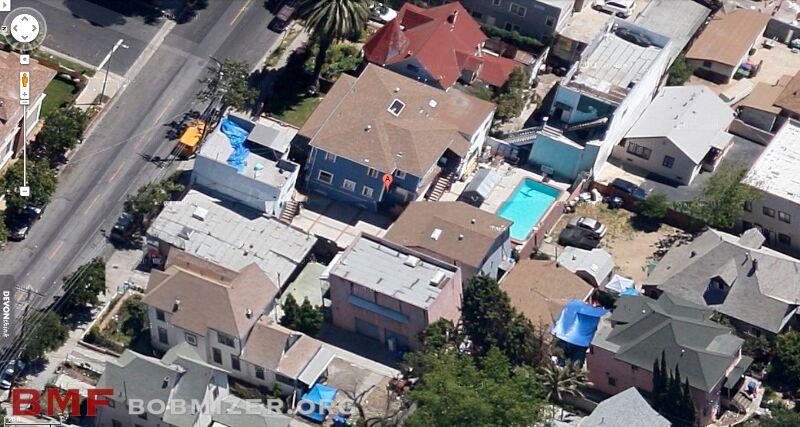
When the neighbors watched Delia Mizer and her precocious 5-year-old son Bob move into the Victorian house at 1834 W. 11th St. in Los Angeles in 1927, no one could have predicted just how many people would call the residence ‘home’ in the coming years.
Of course, Delia had intended for their new home to be a boarding house. It was certainly spacious enough to accommodate more than the mother and her young boy. But as Bob transitioned into teen and then blossomed into adulthood – and with it, his career as a photographer – his fame grew and the house inevitably felt smaller as more wayward souls occupied it. Almost immediately after Delia’s death on Sept. 22, 1964, Mizer opened his home as a full-time living space to the models with whom he worked.
As the years passed, Bob’s world expanded to the structures surrounding the house and he even built new ones, covering nearly three quarters of an acre, a reflection of his growing empire. Unlike the Mizer compound, festooned with Grecian statuary standing majestically next to decaying lawn furniture, Bob’s business cards were simple and minimalist, bearing only his name, title and the address of his studio.
A surveillance image that was used in one of Mizer's mid-century court cases shows an aerial view of the Athletic Model Guild compound, documenting the notable expansion of Mizer’s workspace in less than 20 years – seven contiguous city lots, to be exact. Mizer purchased the house next door, 1830 W. 11th, which would much later be used as as a home for Art Reynolds (who earned his keep by printing Mizer’s publications) and Wayne Stanley, as well as model Ed Taylor, who cared for Mizer in his later years. Stanley, who inherited Mizer’s estate and worked as Mizer’s attorney for the last eight years of the photographer’s life, would later evict the remainder of Mizer’s former models who continued to live in the compound, but he did purchase a condo for Taylor.
 On any given day, those who arrived at Mizer’s home were greeted by any number of animals that lived on the property, including dogs, cats, geese, monkeys, goats and parrots, as well as a sign commanding visitors to ‘please ring bell below.’ Eight-foot-tall fencing around the perimeter included razor wire as well, installed in part due to the fact that many of Mizer’s models had ‘criminal tendencies,’ according to fellow photographer and friend David Hurles of Old Reliable Studios. More often than not, a model or a member of Mizer’s entourage would greet visitors at the compound entrance. In later years, Mizer’s more sketchy models smoked crack and huffed gasoline in broad daylight. Directly to the west of the entrance was the telephone pole that would feature so prominently in Mizer’s AMG photos from the 1970s.
On any given day, those who arrived at Mizer’s home were greeted by any number of animals that lived on the property, including dogs, cats, geese, monkeys, goats and parrots, as well as a sign commanding visitors to ‘please ring bell below.’ Eight-foot-tall fencing around the perimeter included razor wire as well, installed in part due to the fact that many of Mizer’s models had ‘criminal tendencies,’ according to fellow photographer and friend David Hurles of Old Reliable Studios. More often than not, a model or a member of Mizer’s entourage would greet visitors at the compound entrance. In later years, Mizer’s more sketchy models smoked crack and huffed gasoline in broad daylight. Directly to the west of the entrance was the telephone pole that would feature so prominently in Mizer’s AMG photos from the 1970s.
The main house itself, where Mizer originally shot models in his mother’s parlor, contained some treasures unearthed only after Mizer’s death. Specifically, his childhood attic was found to be untouched from 1940, a veritable time capsule of sorts, offering a peek into Mizer’s life as a youth. It was a fascinating juxtaposition next to some of the house’s other rooms in Mizer’s later years, which accumulated piles of papers, junk, receipts and even cash.
“Bob preserved his attic room, where he lived when there were boarders in his house, exactly as it was in childhood,” Hurles recalled in the 2009 book, “Bob’s World.” “He entered from a closet, up through a trapdoor in the ceiling, and the eaves were covered with movie star posters and writings. No one saw this room from the time he was a child.” The neat preservation of the attic stood in stark contrast the squalor of filthy sheets, clothes and random items that piled up in other rooms of the Victorian house.
Behind the main house stood a smaller structure; Mizer shot some of his models on the roof of the studio. Between the two stood the famous swimming pool with a blue gangplank stretching across it, on which models would often pose. Mizer’s models often spent hours or even days by the pool, lazily sunning themselves or simply roughhousing.
To the west of the pool was Mizer’s backyard studio, where he shot most of his outdoor films. A rock roof studio sat directly above Mizer’s office. According to “Bob’s World,” Mizer “had a building erected to the west, where he attached plywood mountains to provide a sense of distance.” A vacant lot directly adjacent to the backyard studio became the site of a small dormitory where his models lived in Mizer’s later years.
Mizer’s own office was a site of controlled chaos, a place where, to the naked eye, business papers, photographs and checks littered desks and bookshelves. Mizer’s pet monkeys, who often appeared in photos with his models, stayed caged in his office often. Mizer’s office also contained the famous shower stall where so many of his models soaped up for the camera.
Behind Mizer’s office stood a side yard where he filmed several movies, including “Slave Market” and “Street Fight.” A garage roof studio directly to the north was the location of most of Mizer’s 1970s wrestling photos – and even where Mizer himself often sunbathed nude. The building was heavily damaged in 1983 when model Ernie Banks set fire to it in a failed suicide attempt, destroying thousands of back issues of “Physique Pictorial” in the process.
Another aerial photo of the AMG compound, taken in 1992 shortly after Mizer’s death, reveals the toll that years of hoarding animals and objet d’art took on the property. Animals roamed more freely around the grounds. Statuary lined the wall of Mizer’s side yard studio, waiting to be discarded. The posing bridge on the pool, from which animals now drank, showed obvious signs of wear. Two years after Mizer’s death, Wayne Stanley summarily evicted all remaining models from the premises and set about the daunting task of cleaning up the property for sale. It would be another decade before the estate changed ownership to Dennis Bell, founder and president of the Bob Mizer Foundation.
Mizer’s friends knew him as a generous soul who, above all else, genuinely wanted to ‘help’ his models, to steer them onto the path to a better life, off of the street and away from crime. Allowing them to live on his sprawling property was evidence of that generosity, that ongoing desire to rehabilitate and ‘save’ the models from themselves, according to Wayne Stanley.

“The reason that Bob (allowed) kids to sleep on the premises was that two models came in for an evening shoot and they pulled knives and robbed him,” Stanley recalled in “Bob’s World.” “He realized, ‘The kids that I shoot, they’re thieves and robbers, but they probably won’t do that to me if they live here.’ … He preached to them about trying to be good, especially around Bob.”
In exchange for meals and a roof over their collective heads, Mizer expected models to be cooperative and even do chores around the compound. And while his models assisted with the upkeep of the property, Hurles noted, they were learning a much-needed lesson about independence in the process.
“(Bob) wanted them to learn to look after themselves, because he wouldn’t always be around,” he said.
These men slept wherever they could – in the small dormitory behind the main house, or even on couches around the pool. Their adoration for Mizer was apparent to all who visited the compound – and although life there certainly wasn’t perfect, Mizer could only hope that the men he took something positive from their mutually beneficial relationship.
“This was their home,” said painter John Sonsini. “For many guys, AMG became a permanent address, and ‘home’ has an incredible power.”
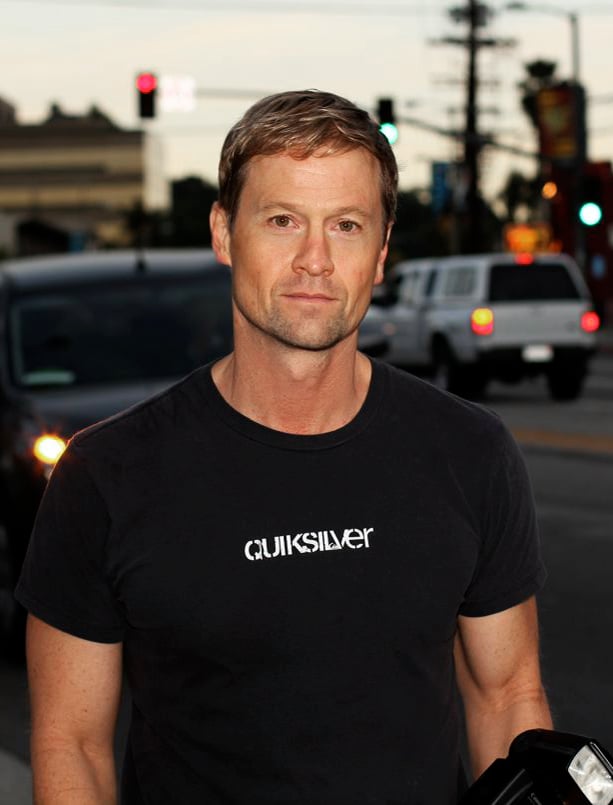
One L.A.-based photographer has literally stripped bare the stigma of injured veterans who return home from the battlefront.
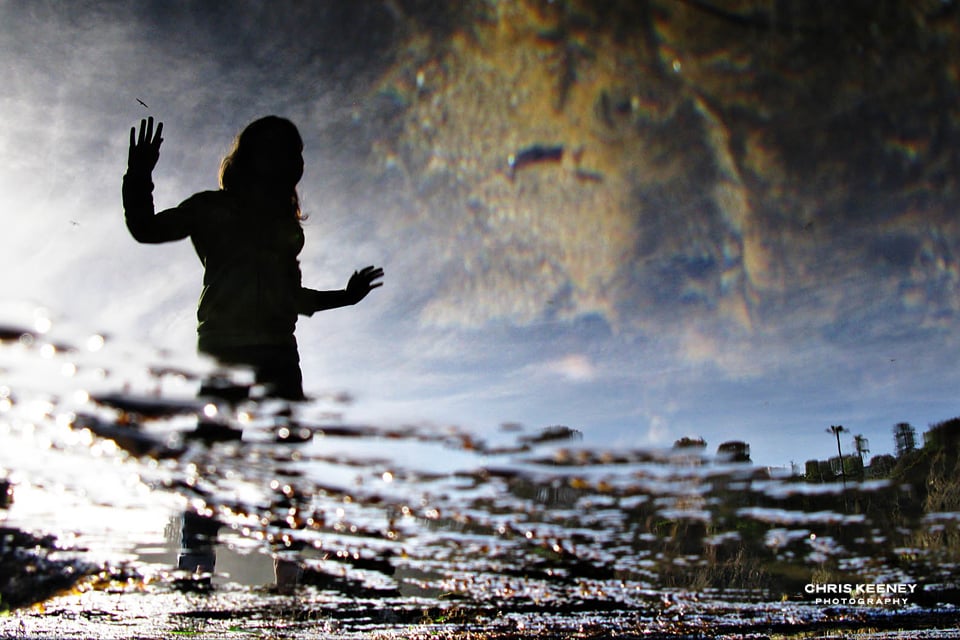
Bob Mizer tirelessly experimented with almost every format of photography that existed in his lifetime. Sure, he's famous for his commercial work,...
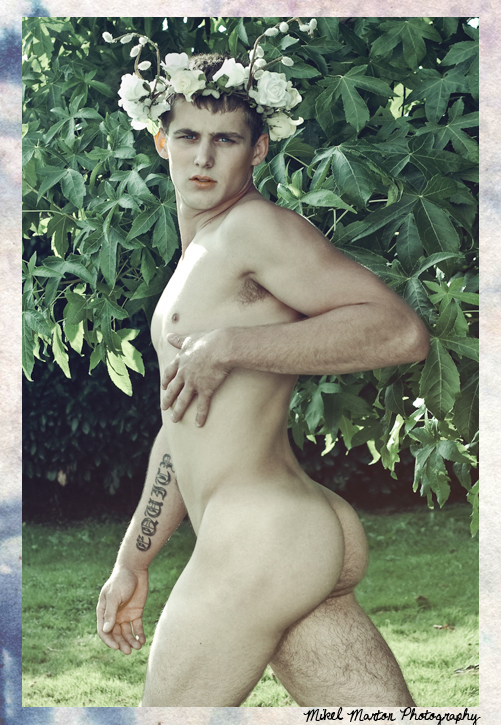
The Bob Mizer Foundation is dedicated to recognizing and promoting artists from all walks of life and in all disciplines, and we place a special...
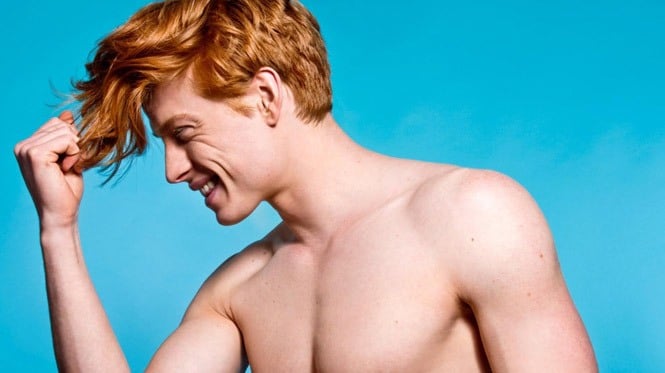
Author's note: This is the first in a two-part series on photographer Thomas Knights. Look for part II on our blog on Tuesday, March 6.